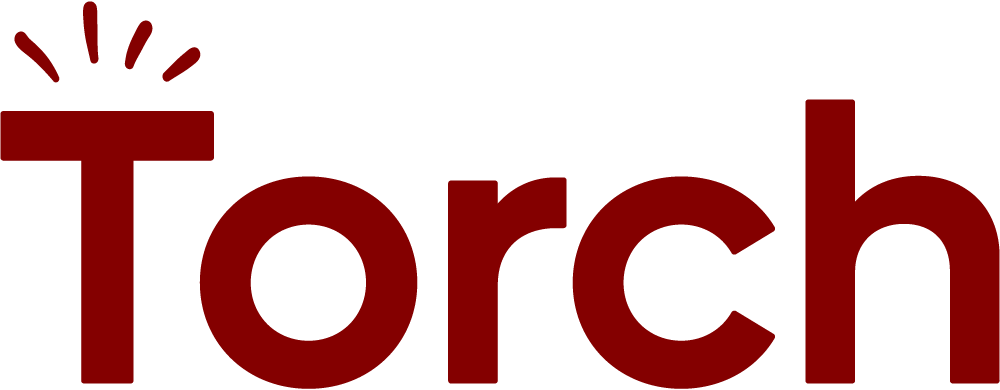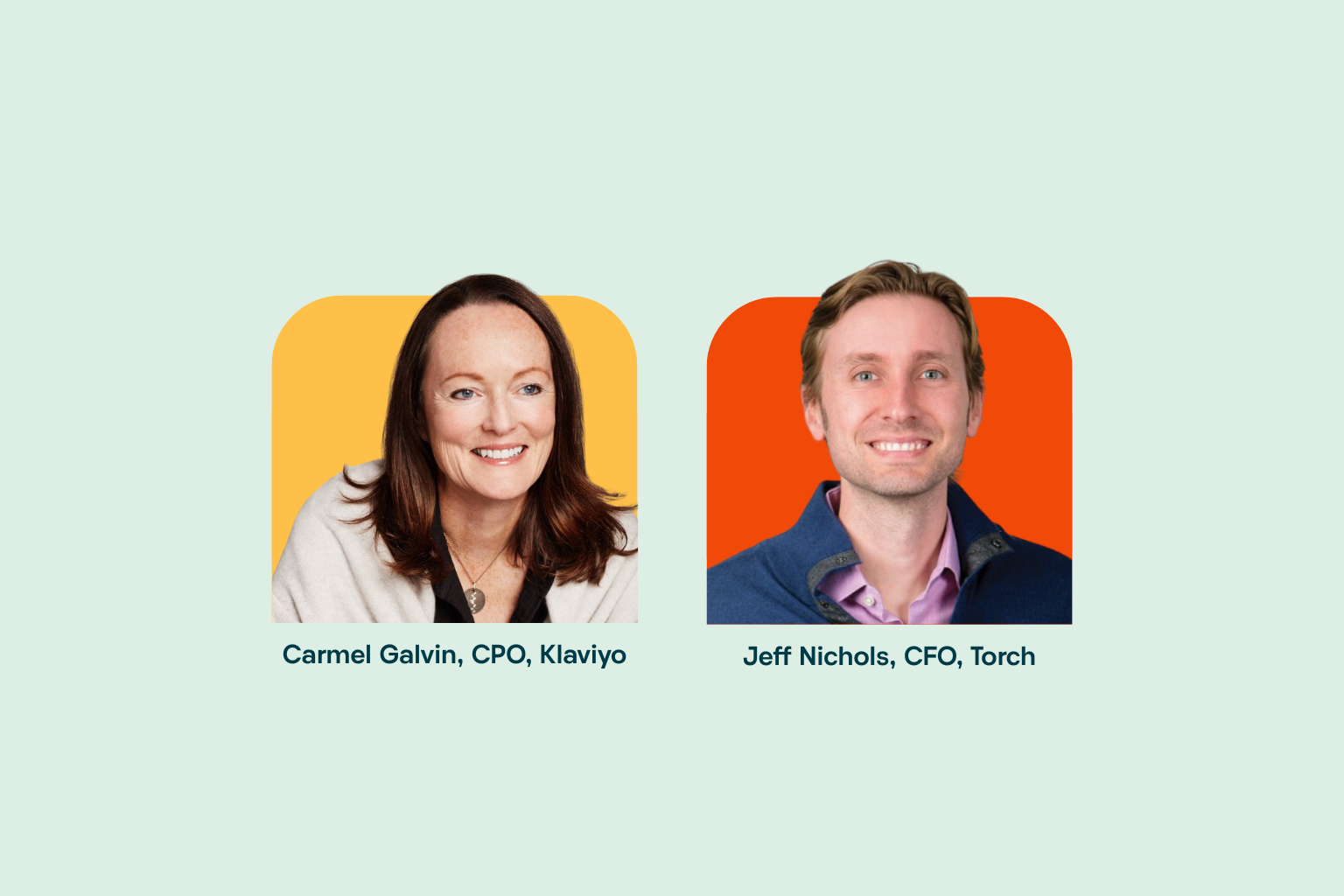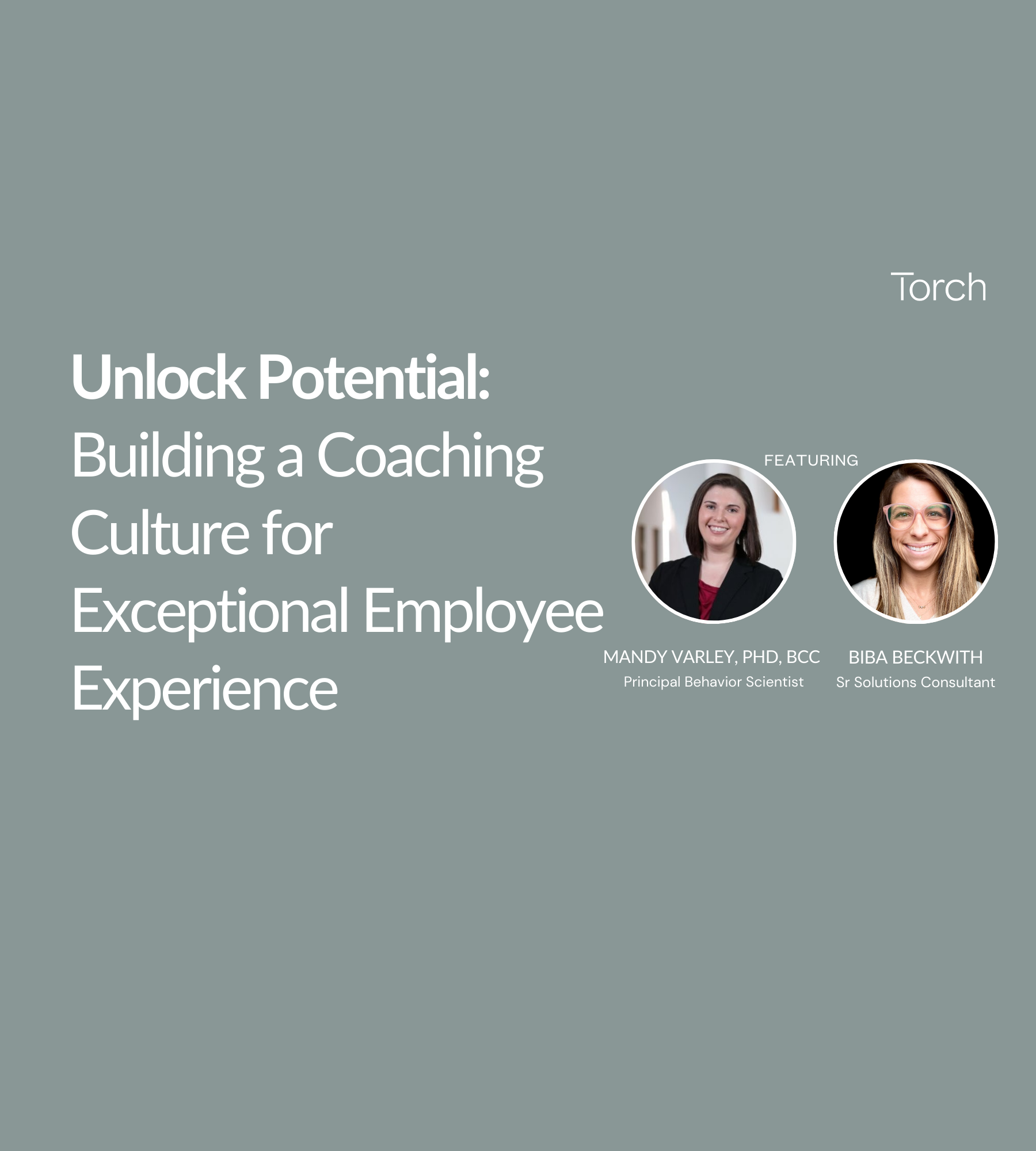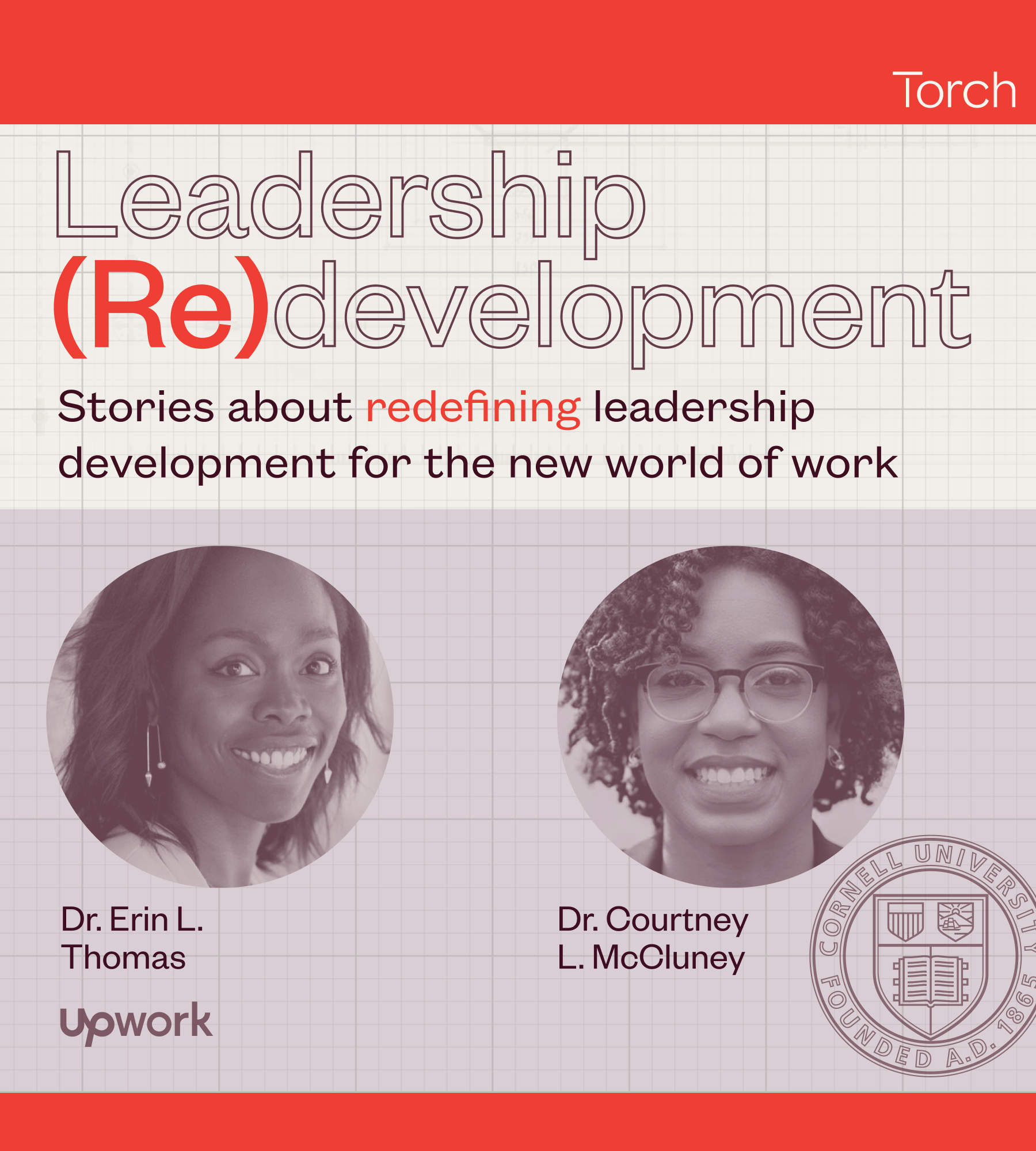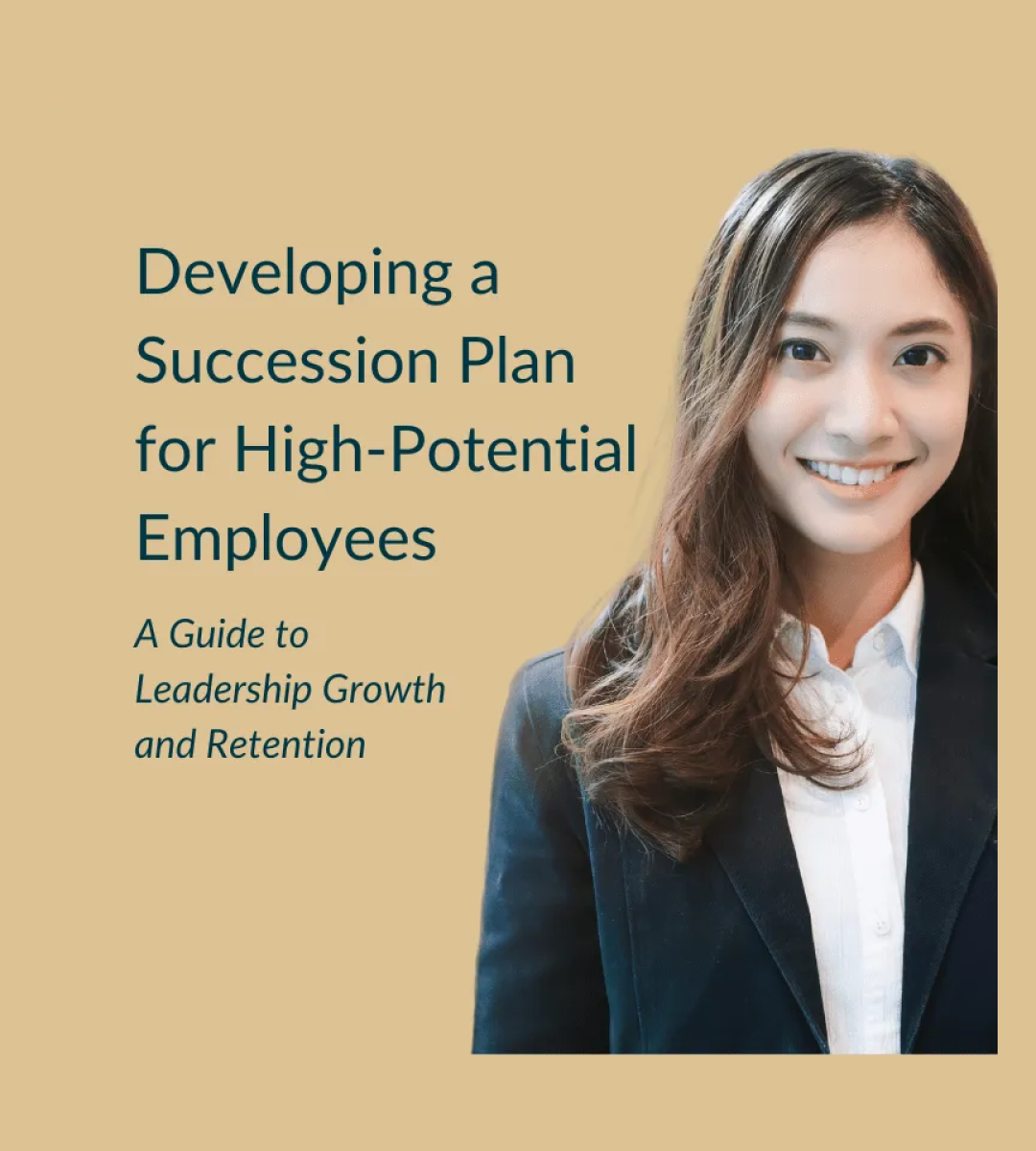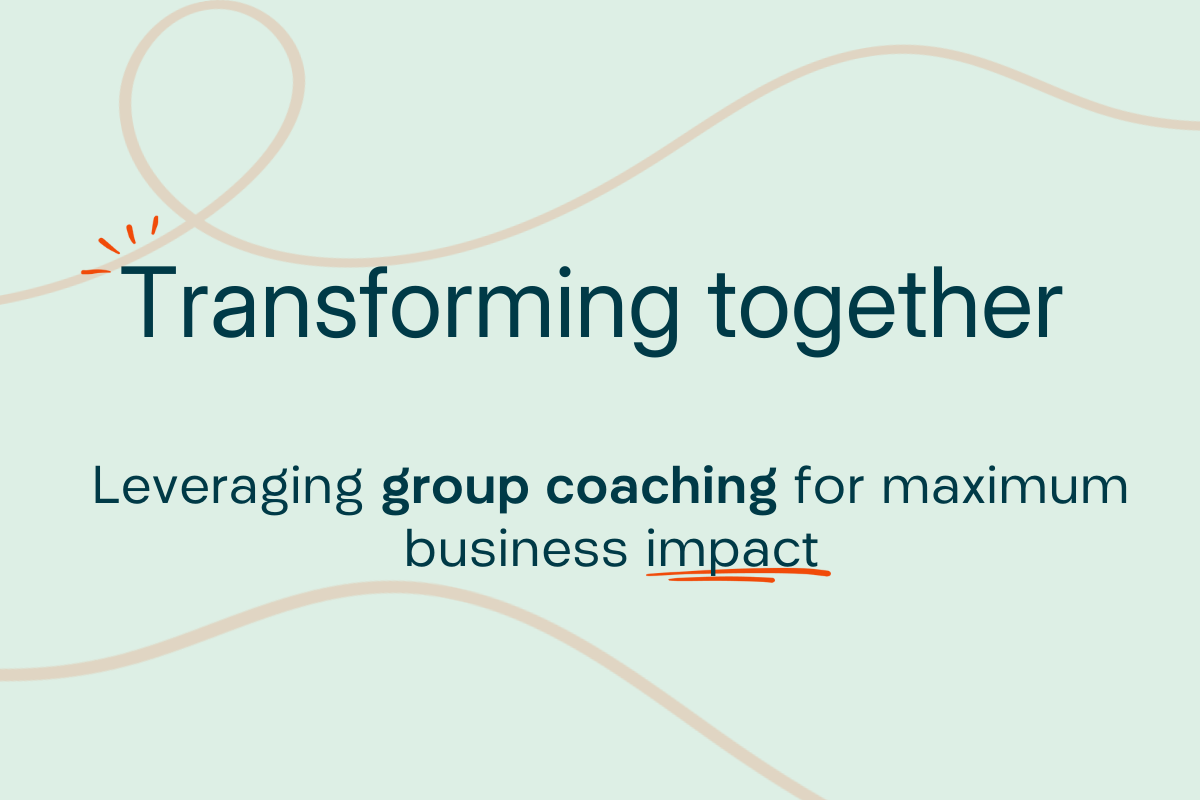ALL RESOURCES
Explore coaching and development resources
Minimize Selected Filters

Article | July 10, 2025
Torch Acquires AI Learning Company Praxis Labs to Redefine Coaching as a Catalyst for Organizational Change
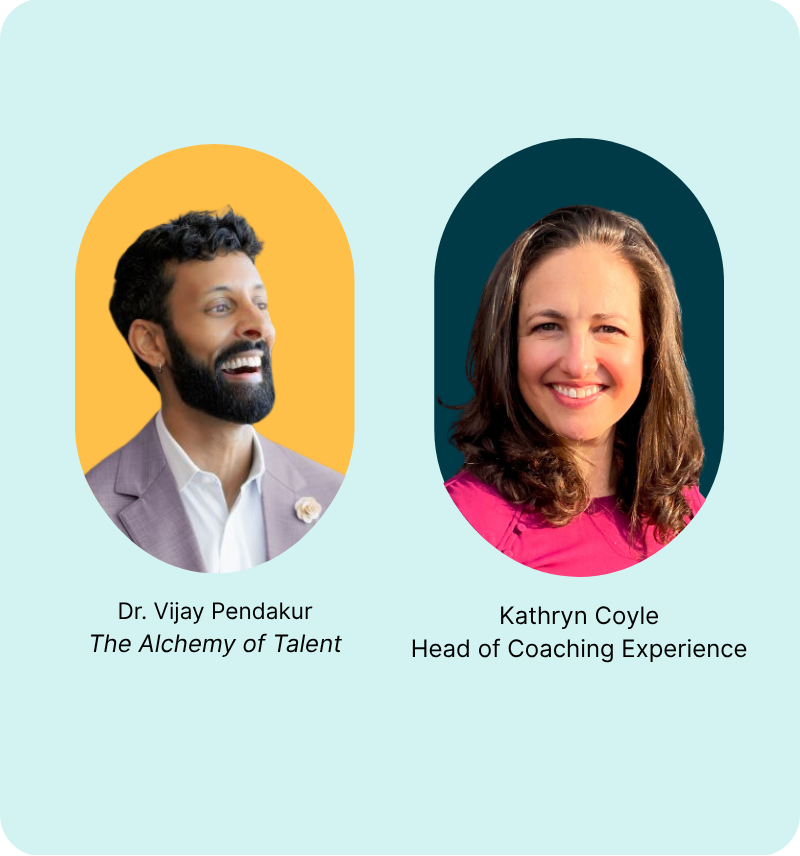
Blog | June 26, 2025
Recap: Beyond resilience. Leadership isn’t a solo act

Blog | May 30, 2025
Trust changes everything: Insights from the Leadership Evolution Report

Ebook | May 22, 2025
Leadership in the AI era: Why real AI readiness starts with people, not tech
Blog
Events & webinars
eBooks
News & press

Article | July 10, 2025
Torch Acquires AI Learning Company Praxis Labs to Redefine Coaching as a Catalyst for Organizational Change

Article | September 25, 2024
Moving From Command & Control to Coaching & Collaboration: Heather Conklin of Torch On How Leaders and Managers Can Become Better Coaches

Article | August 26, 2024
5 tips to ensure a successful leadership transition for your organization
Interviews

Interview | March 23, 2022
Interview: On the ‘constant unfolding’ of leadership

Interview | February 3, 2022
There is no leader personality

Interview | December 11, 2018
CEO interview series: Michael Seibel on leadership attributes in successful startup leaders

Interview | July 3, 2018
CEO interview series: Justin Kan’s mom taught him how to lead
